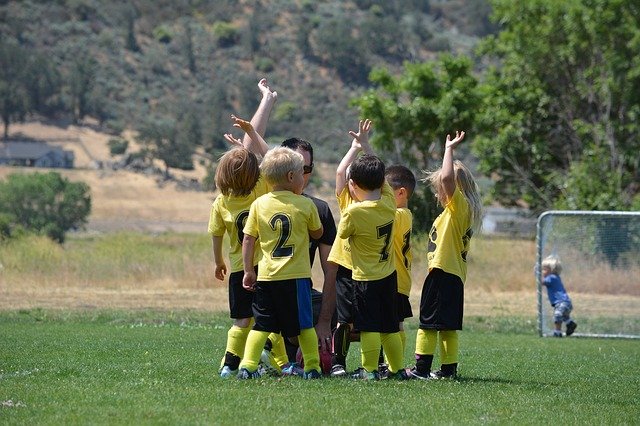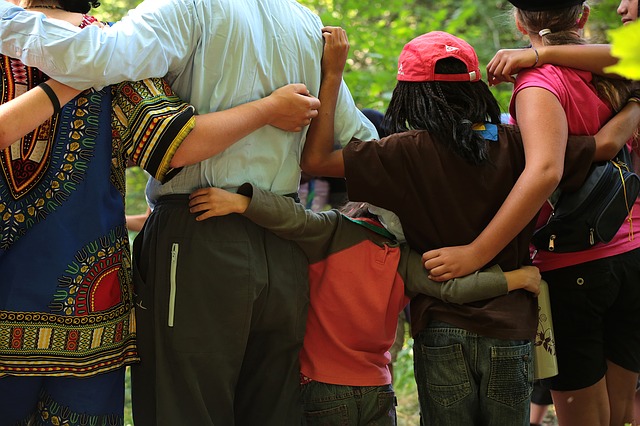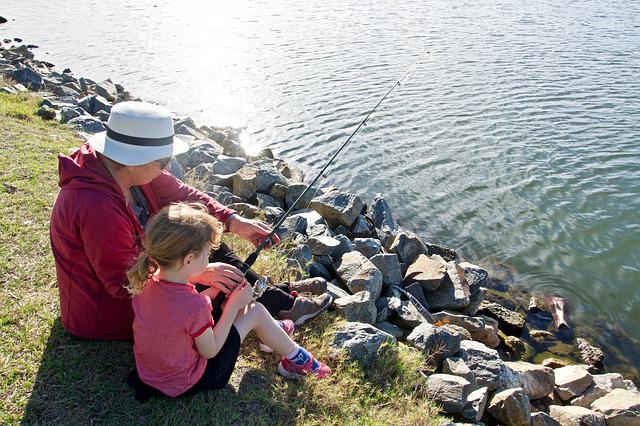Strava, a digital platform with a community of over 120 million athletes, released its, “Year In Sport: The Trend Report.” The report surveyed 6,990 individuals, both in and out of Strava’s community, and provided insights into the exercise habits of people across different generations as well as observations on the evolving workout trends for the year 2024. Gen Z was found to stand out with differing habits, motivators, obstacles and interests when approaching physical activity.
One prominent takeaway from the report is the importance of social connection as a primary motivator for exercise. This appeared as a cross-generational response, but was particularly notable for Gen Z with 77% responding that they a stronger bond to seeing friends and family’s activities on Strava. Gen Z is also 29% more likely than Millennials to exercise with another person.
The report highlights Gen Z’s distinct exercise behaviors; they are 31% less likely than Millenials or Gen X to work out because of health concerns and more likely to pursue athletic performance. While 39% of Gen Z Strava users started a new job and 30% relocated in 2023, they were still 32% more likely than other generations to say they’re in better shape than last year.
Zipporah Allen, Chief Business Officer at Strava, notes the impact of Gen Z’s values of community, activism, and connection in an increasingly digital world: “Over the past year, we’ve seen Gen Z as the primary source of community growth through new clubs on Strava. They’ve also contributed to the increase in sports, like running, despite having the most barriers to staying consistent. This shows exercise will be a central value for this generation, which is why they’re already turning to Strava as the key platform to stay motivated and connected.”












